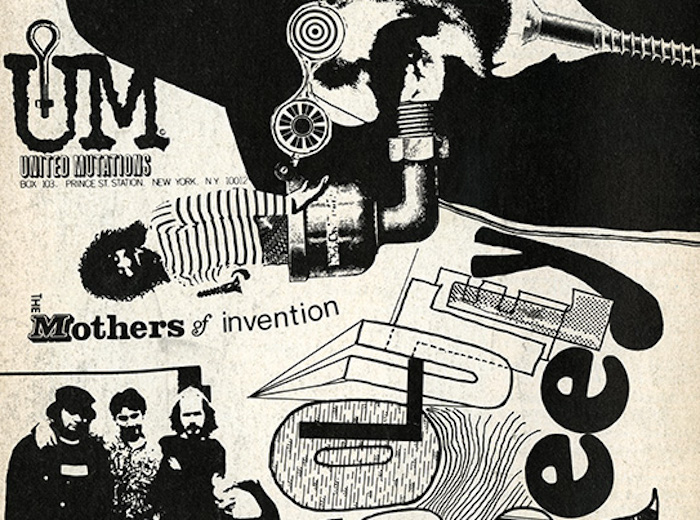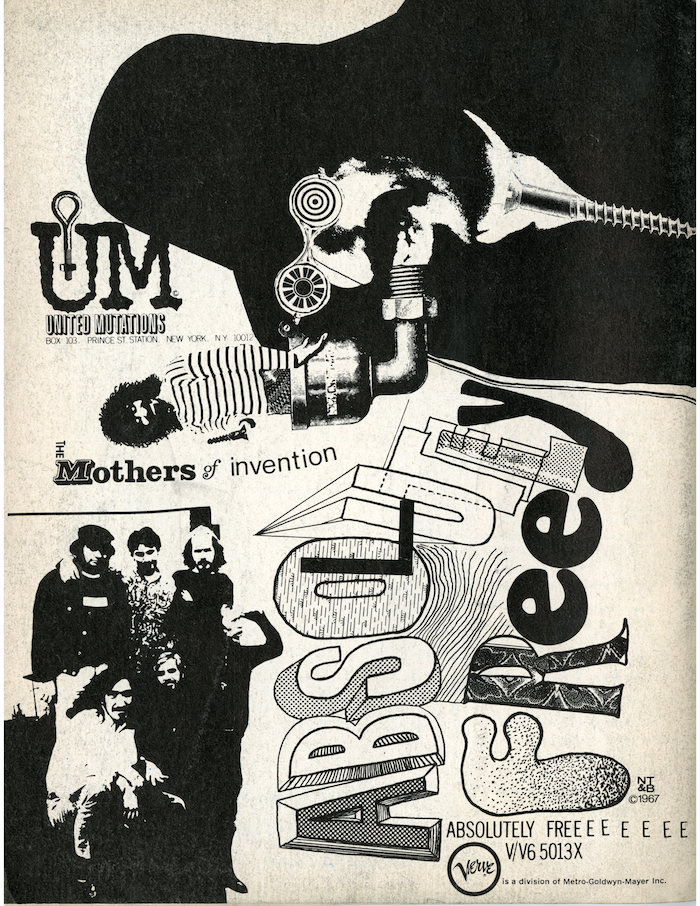
April 6, 2016
The D Word: Inventive

Although Verve was a division of Metro-Goldwyn-Mayer, one of Hollywood’s most establishment, commercial entertainment studios, the graphics for Zappa’s record cover and promotion were suitably rebellious, having spiritually borrowed from Dada and surrealist pictographic absurdity combined with the underground press’ boisterous, unschooled anarchy.
But the pièce de résistance of anti-design was the lettering for the title featuring letters that seem to emulate real display type, but also throw standards of proportion and balance to the wind. And as is often the case with hard-to-read typography (although this is perfectly discernable), the title is also set small in a light line gothic face, albeit with extra EEEEEs. As anti-establishment as it is, the ad codifies the prevailing aesthetic of the time.
Observed
View all
Observed
By Steven Heller
Related Posts

Equity Observer
L’Oreal Thompson Payton|Essays
‘Misogynoir is a distraction’: Moya Bailey on why Kamala Harris (or any U.S. president) is not going to save us

Equity Observer
Ellen McGirt|Essays
I’m looking for a dad in finance

She the People
Aimee Allison|Audio
She the People with Aimee Allison, a new podcast from Design Observer

Equity Observer
Kevin Bethune|Essays
Oh My, AI
Related Posts

Equity Observer
L’Oreal Thompson Payton|Essays
‘Misogynoir is a distraction’: Moya Bailey on why Kamala Harris (or any U.S. president) is not going to save us

Equity Observer
Ellen McGirt|Essays
I’m looking for a dad in finance

She the People
Aimee Allison|Audio
She the People with Aimee Allison, a new podcast from Design Observer

Equity Observer
Kevin Bethune|Essays

 Steven Heller is the co-chair (with Lita Talarico) of the School of Visual Arts MFA Design / Designer as Author + Entrepreneur program and the SVA Masters Workshop in Rome. He writes the Visuals column for the New York Times Book Review,
Steven Heller is the co-chair (with Lita Talarico) of the School of Visual Arts MFA Design / Designer as Author + Entrepreneur program and the SVA Masters Workshop in Rome. He writes the Visuals column for the New York Times Book Review,